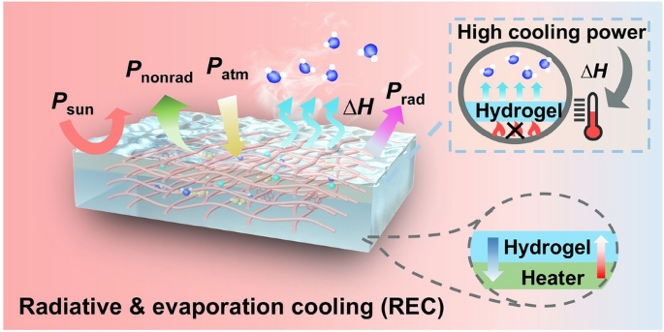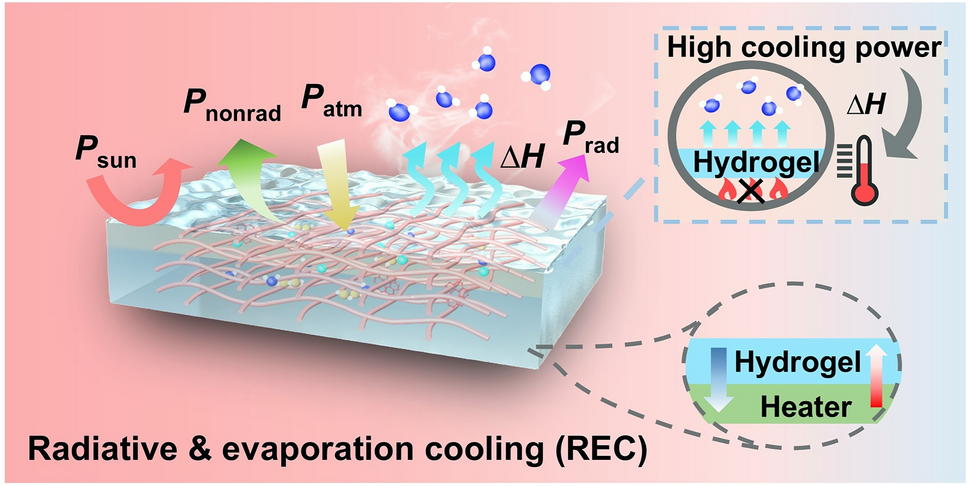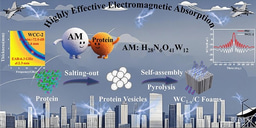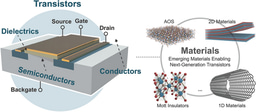Radiative Coupled Evaporation Cooling Hydrogel for Above‑Ambient Heat Dissipation and Flame Retardancy
Published in Materials

As outdoor electronic devices face increasing heat loads and fire safety risks, traditional cooling methods like fans and air conditioners fall short in energy efficiency and environmental sustainability. Now, researchers from Central South University and Brown University, led by Professor Meijie Chen, have developed a breakthrough all-in-one photonic hydrogel that combines radiative cooling (RC) and evaporative cooling (EC) for above-ambient heat dissipation and enhanced flame retardancy.
Why This Hydrogel Matters
- Dual-Mode Cooling: Integrates RC and EC into a single material, achieving 12.0°C lower temperatures than RC films under high solar loads.
- Passive Water Cycle: Uses atmospheric water harvesting (AWH) at night to replenish water for daytime evaporation—no external water supply needed.
- Flame Retardancy: Absorbs heat via latent water evaporation, keeping surface temperatures below 100°C under direct flame—no ignition observed.
- Scalable & Cost-Effective: Made from low-cost materials (PDMAPS, LiCl, hBN, Al2O3), with a total cost of $66/m2/mm, suitable for real-world deployment.
Innovative Design and Features
- All-in-One Structure: A porous hydrogel matrix embedded with hBN nanoplates for solar reflection (Rsolar = 0.872) and LiCl for moisture adsorption/desorption.
- High Thermal Emittance: Achieves ε_LWIR = 0.937, enabling efficient heat radiation into the cold sky.
- Tunable Thickness & Water Content: Optimized at 6 mm thickness and 5 wt% water content for balanced thermal conductivity and water storage.
- Mechanical Flexibility: Conformally attaches to various substrates (glass, metal, wood) with strong adhesion and stretchability.
Applications and Future Outlook
- Outdoor Electronics: Ideal for cooling 5G base stations, photovoltaic panels, and battery enclosures under direct sunlight.
- Fire-Safe Thermal Management: Offers passive fire protection for high-power devices, reducing thermal runaway risks.
- All-Day Operation: Demonstrates 20.9°C temperature reduction vs. bare substrate and 12.0°C vs. RC films in continuous outdoor tests.
- Challenges & Opportunities: Future work will focus on long-term durability, anti-corrosion coatings, and material cost reduction for mass adoption.
This work presents a game-changing strategy for passive, fire-safe, and water-autonomous thermal management in harsh outdoor environments. Stay tuned for more innovations from Prof. Meijie Chen’s team at Central South University!
Follow the Topic
-
Nano-Micro Letters

Nano-Micro Letters is a peer-reviewed, international, interdisciplinary and open-access journal that focus on science, experiments, engineering, technologies and applications of nano- or microscale structure and system in physics, chemistry, biology, material science, and pharmacy.






Please sign in or register for FREE
If you are a registered user on Research Communities by Springer Nature, please sign in